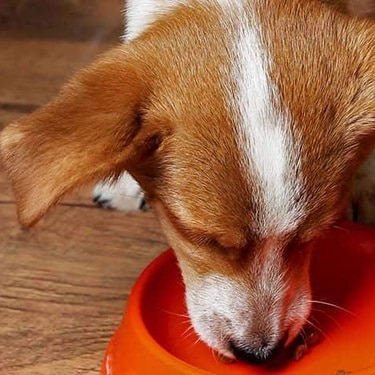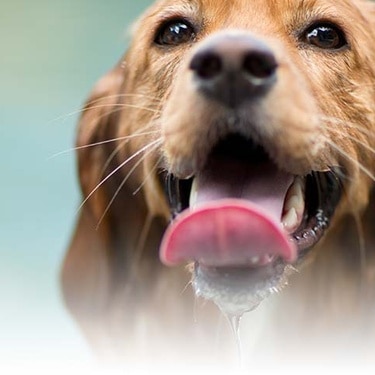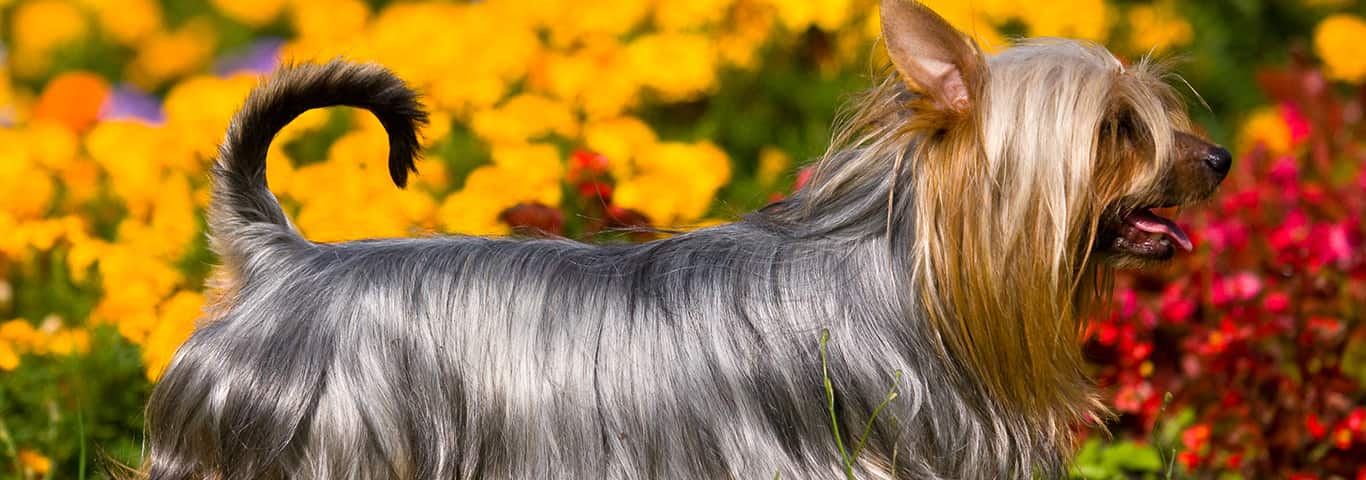This is no sissy lap dog. The silky terrier is a tough character that is always up for a challenge and adventure. Oblivious to its size, this dog would love to go vermin hunting if only given the chance. Fortunately, the silky can meet its hunting needs by playing games and hunting toys around the house and yard.
These are playful dogs, but also loving. Silky terriers can be great playmates for considerate children. They are fairly friendly toward strangers but can be aggressive to other dogs and pets. Silkies are great watchdogs (although they could be accused of barking too much), but they are too small to be effective as protection dogs.
Obedience training is possible, but it must be made into a fun event or the silky just will not play.
The silky terrier is a good choice for a person who wants adventure on a small scale. These dogs are extremely active but, because of their size, their exercise requirements can be met in a small space. They are hunting terriers at heart, so care must be taken that they do not wander off in search of game. The silky owner must have a good sense of humor to appreciate the mischief these rascals are apt to get into.
The coat needs a fair amount of care and should be brushed and combed every other day. Regular washing helps the coat look its best and prevents dirt build up that leads to tangling.
The silky terrier has some tough ancestors, descending from small vermin-catching terriers of Europe and later, Australia. The breed was created in Australia in the late 1800s by crossing the Yorkshire terrier with the Australian terrier in an attempt to create a dog that combined the more robust body of the Australian Terrier with the coat color and quality of the Yorkshire terrier. In only a few generations, the new dogs were breeding true and they were dubbed silky terriers.
Arguments ensued about what the proper weight and name should be but, in 1926, a compromise was made for weight. The name took a while longer to settle, going from Sydney silky terrier to Australian silky terrier before being changed to simply silky terrier when the breed came to America. Since recognition by the American Kennel Club in 1955, the breed has slowly gained a loyal following.






















